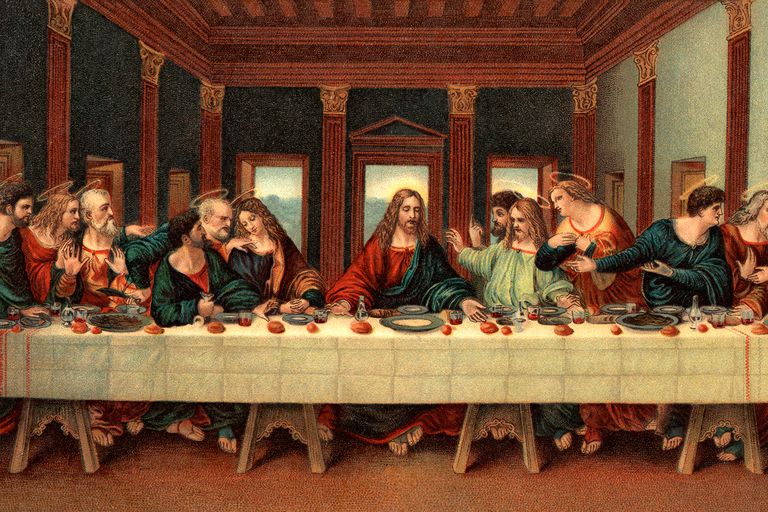Mood Board of favourite images :



Who is Tom Hunter?
“Tom Hunter is Professor of Photography Research at the London College of Communication, University of the Arts London, graduated from the London College of Printing in 1994 with his work ‘The Ghetto’, which is now on permanent display at the Museum of London.
He studied for his MA at the Royal College of Art, where, in 1996, he was awarded the Photography Prize by Fuji Film for his series ‘Travelers’.
In 1998 ‘Woman Reading a Possession Order’ from his series ‘Persons Unknown’, won the John Kobal Photographic Portrait Award at the National Portrait Gallery.
In 1999 Tom’s series of the ‘Holly Street’ estate was exhibited at the Saatchi Gallery, London, while in 2000 his ‘Life and Death in Hackney’ series, went on show at the White Cube Gallery and the Manchester City Art Gallery.
In 2006 Tom became the only artist to have a solo photography show at the National Gallery for his series ‘Living in Hell and Other Stories’, which talked about Hackney and its relationship to its local paper.
His works are in many collections around the world including; MOMA in New York, Tate Britain, The V&A and the National Gallery in London, Moderna Museet in Stockholm, the Smithsonian in Washington and the Los Angeles County Museum of Art. In 2010 he was awarded Honorary Fellowship of the Royal Photographic Society.”
– Words taken from Tom Hunter’s Website.
I have also come to learn that Tom Hunter lived abroad for a period of life. He was part of a group of people with the generic name “New Age Travelers”. In a series of photographs he captured images of the essence of the life he lived whilst travelling round Europe in motor homes with other people like himself, some families, some old married couples. He also captured images of the people he traveled with in a tableaux vivant stylist way which he has now published on his website, in books of his and in galleries across the UK.
Famous Projects:
- Traveller Series
- Le Crowbar
- Figures in a Landscape
- Solo show figures
Video and Website Links:
Homepage of his website:






